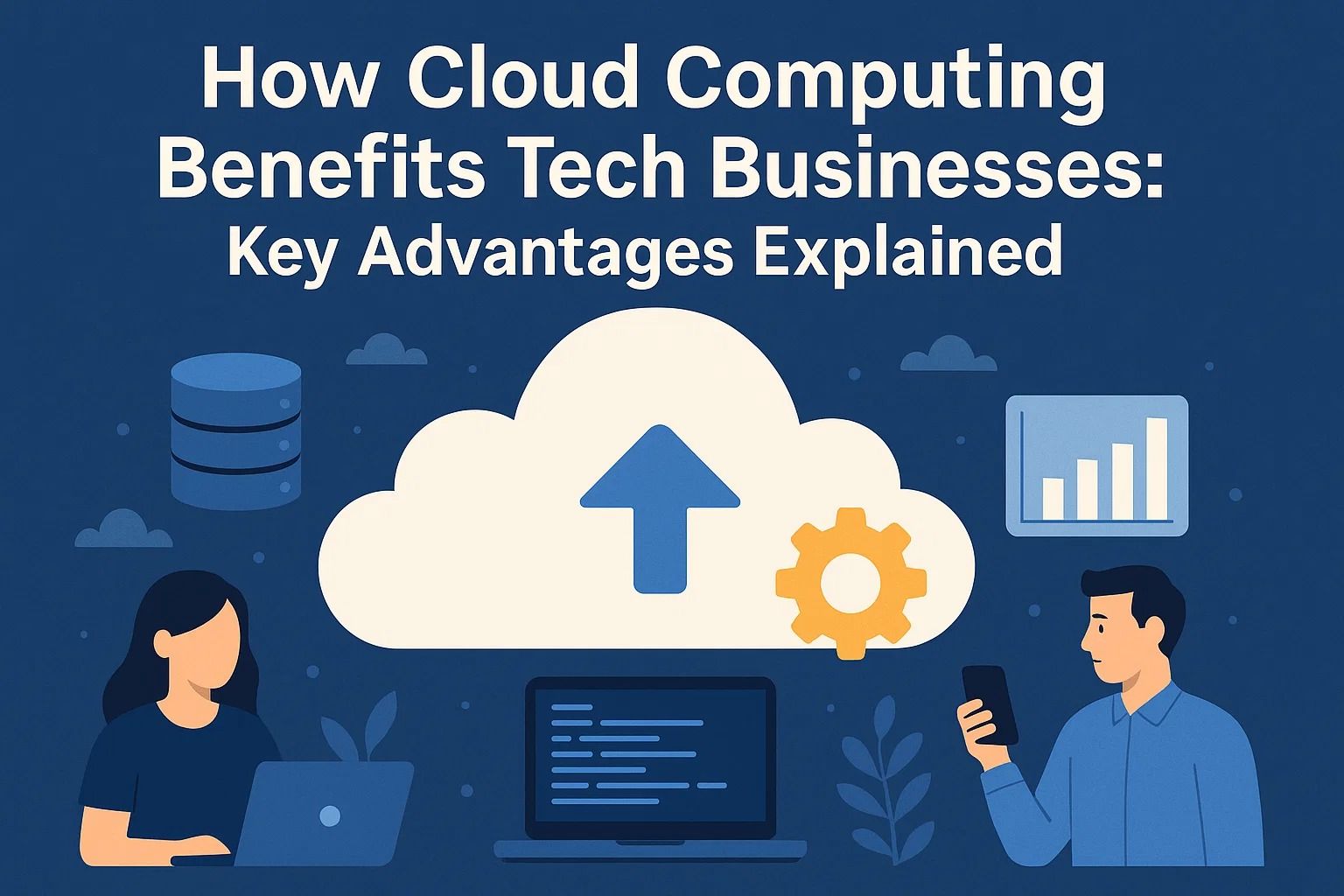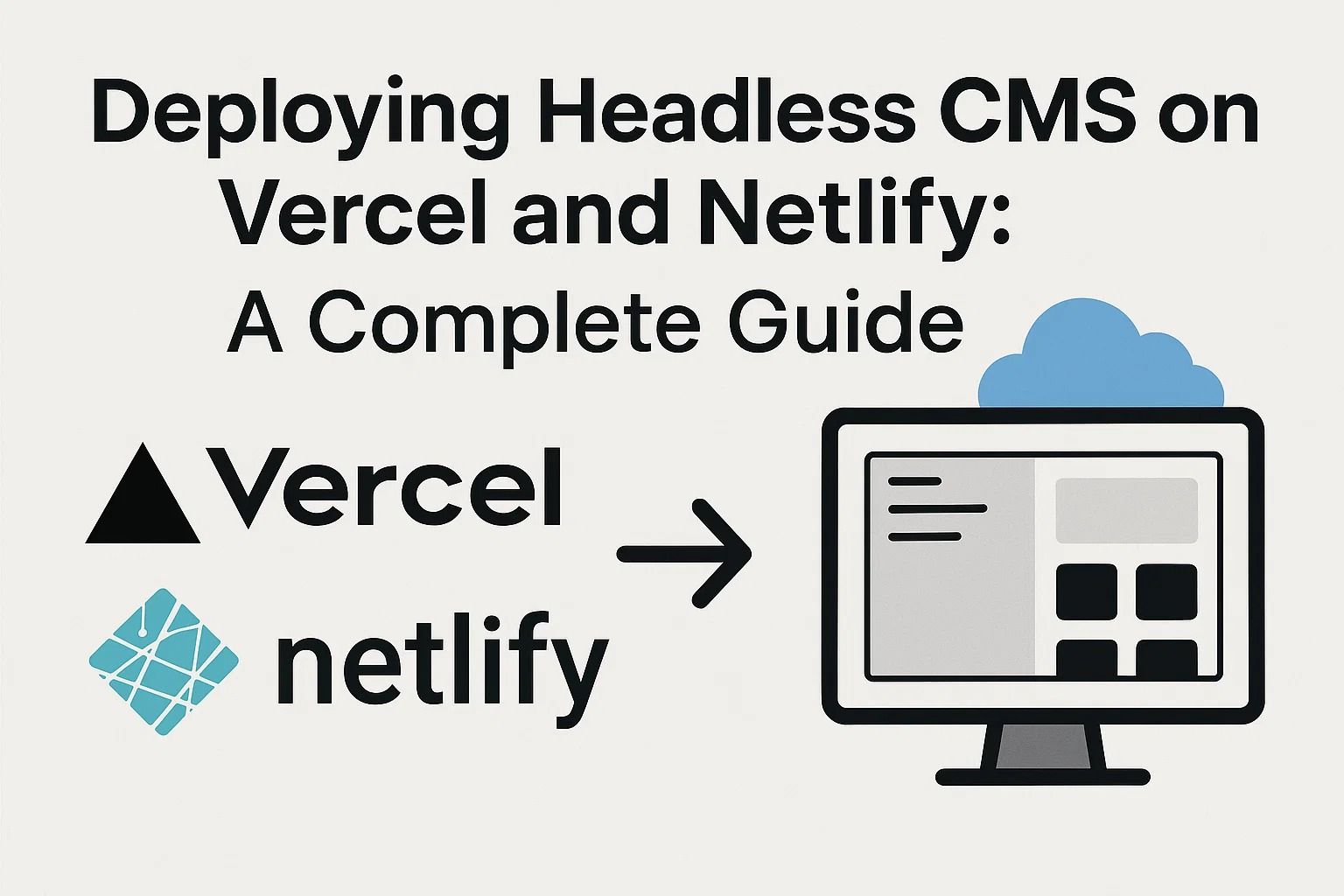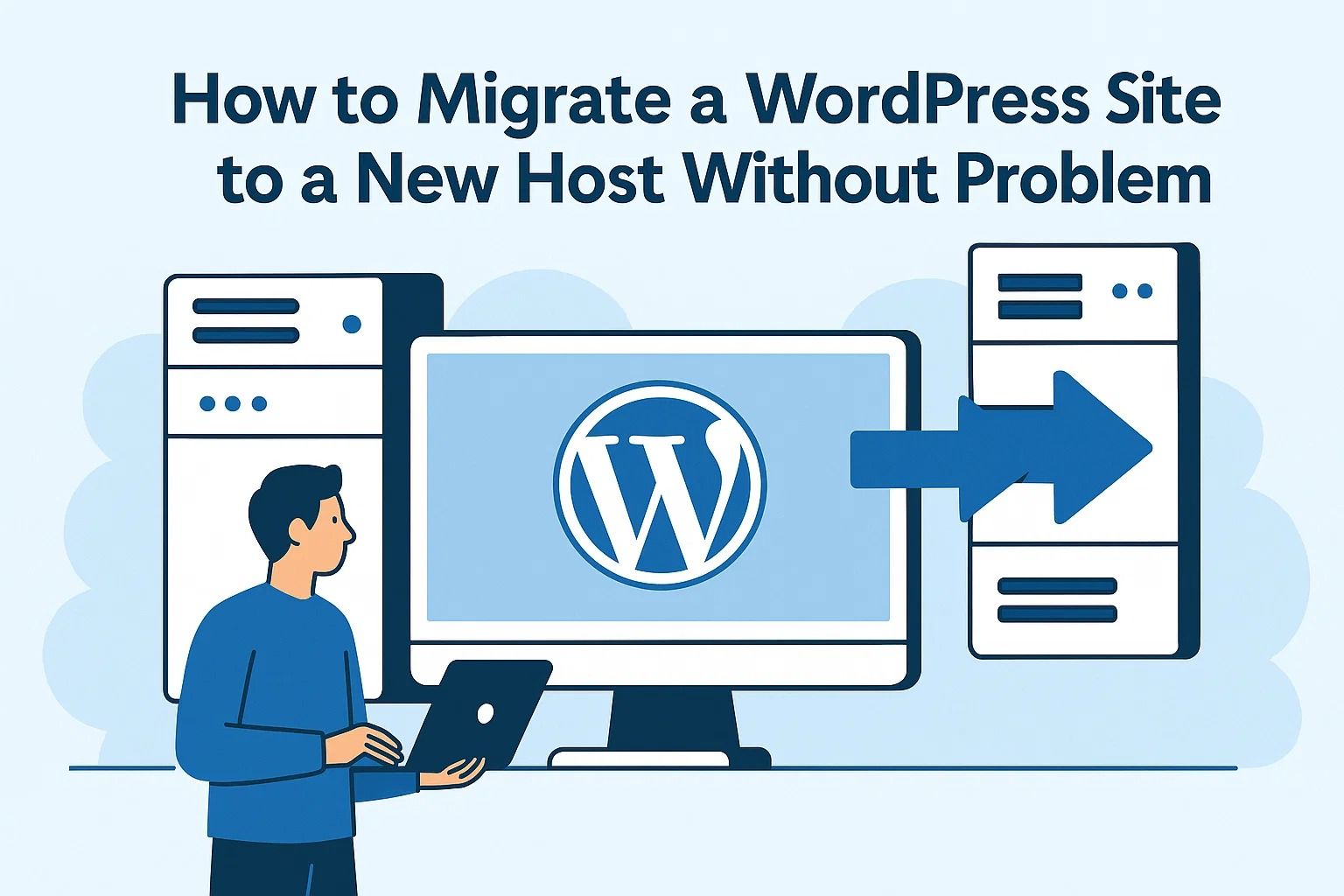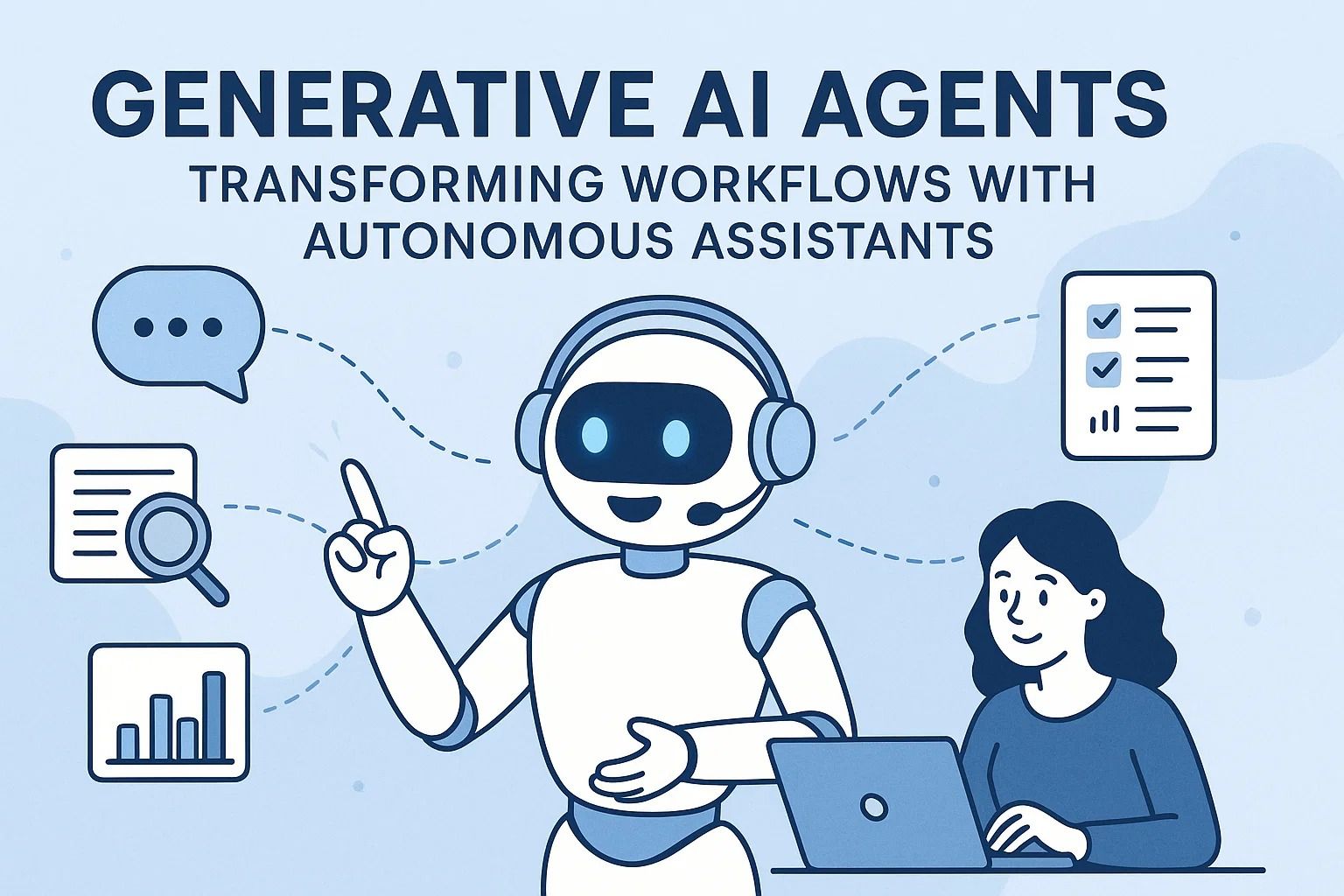
How Cloud Computing Benefits Tech Businesses: Key Advantages Explained
How Cloud Computing Benefits Tech Businesses: Key Advantages Explained
Cloud computing has fundamentally reshaped how tech companies operate, scale, and deliver value. What was once considered an advanced option has now become the standard infrastructure for innovation and agility. From startups to large-scale enterprises, cloud adoption empowers teams to reduce operational costs, improve performance, and accelerate product development cycles.
At its core, cloud computing allows organizations to access computing resources—such as servers, databases, storage, and software—over the internet instead of maintaining expensive on-premises systems. This shift enables businesses to move from capital-intensive investments to flexible, usage-based models that grow with their needs.
The Core Value of Cloud Computing
For tech companies, the cloud is not just an IT decision—it’s a strategic one. It supports rapid experimentation, faster deployment, and seamless collaboration between distributed teams. Cloud services like AWS, Google Cloud, and Microsoft Azure offer everything from computing power to AI-driven analytics tools, all without the burden of managing physical infrastructure.
One of the greatest advantages is scalability. Cloud platforms allow businesses to handle traffic surges, run complex simulations, or train machine learning models without purchasing new hardware. This flexibility is particularly beneficial for startups, where workload demands often fluctuate.
Another major benefit is cost efficiency. Instead of investing in expensive hardware and data centers, companies can pay only for what they use. This “pay-as-you-go” model aligns with modern business dynamics, allowing more accurate budgeting and resource allocation. Moreover, cloud providers handle updates, security, and maintenance—freeing tech teams to focus on innovation rather than routine infrastructure tasks.
Collaboration and Productivity in the Cloud
Modern tech businesses thrive on collaboration, especially as remote work becomes the norm. Cloud tools like Slack, Notion, and Google Workspace enable teams to work together in real time, share updates, and access documents from anywhere. For software developers, version control platforms such as GitHub and GitLab integrate seamlessly with cloud environments, allowing continuous integration and delivery.
Additionally, cloud ecosystems foster cross-functional synergy between development, operations, and management teams. By hosting data and tools centrally, organizations reduce friction and improve communication—making projects more transparent and decisions faster.
Did you know? 94% of businesses now use cloud services in some form, with tech startups being the fastest adopters due to their need for rapid scalability and low upfront costs.
Cloud computing also simplifies data accessibility. Employees can log in securely to company systems from anywhere, ensuring productivity even when teams are distributed across time zones. This is a crucial advantage for tech companies that operate globally or rely heavily on freelancers and remote developers.
For additional insights on how hosting environments impact business performance, check out our article Cloud Hosting vs Traditional Hosting: Full Comparison.
How Cloud Computing Enhances Innovation and Scalability
One of the defining advantages of cloud computing for tech businesses is the ability to innovate faster. Traditional IT models required long procurement cycles for servers, networking equipment, and licenses, often delaying product launches. Cloud computing eliminates these barriers by providing on-demand access to resources — developers can instantly spin up environments for testing, development, or deployment within minutes.
This speed fosters a culture of experimentation. Companies can quickly prototype new products, gather user feedback, and make data-driven adjustments without heavy upfront costs. With flexible APIs, integrated services, and continuous delivery pipelines, cloud platforms become the backbone of agile development practices.
Driving Scalability Through Elastic Infrastructure
Cloud computing allows businesses to scale resources automatically based on real-time demand. Whether it’s handling an influx of users during a product launch or running compute-intensive analytics workloads, cloud scalability ensures that performance remains stable while optimizing costs. Services like AWS Auto Scaling or Google Cloud’s Compute Engine let businesses expand or shrink capacity dynamically.
This elasticity is particularly valuable in tech sectors like SaaS, e-commerce, and gaming, where usage spikes can occur unpredictably. By leveraging load balancing and distributed systems, cloud-hosted applications maintain uptime and reliability — two metrics critical for user satisfaction and retention.
Beyond scalability, geographical distribution is another major edge. Cloud providers operate data centers around the world, allowing businesses to host applications closer to their users. This reduces latency and improves overall user experience, an essential factor for real-time services and global apps.
Data Management and Analytics
Modern tech companies generate massive amounts of data daily, from user activity to operational metrics. The cloud provides a scalable and cost-efficient way to store, manage, and analyze this data. Platforms like Amazon S3, Google BigQuery, and Azure Synapse Analytics enable businesses to transform raw data into actionable insights using built-in machine learning and AI tools.
With cloud-based analytics, organizations no longer need massive on-premise data warehouses or complex maintenance workflows. Instead, they can connect various data sources, process them in real time, and visualize trends through dashboards. This supports smarter decision-making and enhances the ability to identify new opportunities or detect potential issues early.
Quick fact: Cloud analytics tools help reduce time-to-insight by up to 60%, allowing businesses to make faster and more informed decisions.
Security and Compliance
One of the main concerns tech businesses face when migrating to the cloud is security. Fortunately, modern cloud providers have made significant strides in building robust security frameworks. They implement multi-layer encryption, advanced firewalls, DDoS protection, and compliance with international data protection regulations such as GDPR, HIPAA, and ISO 27001.
Still, it’s essential to remember that security in the cloud is a shared responsibility. Providers ensure the safety of infrastructure, while businesses must secure their data, credentials, and application configurations. Cloud-native security tools, such as identity access management (IAM), help companies control permissions, monitor activity, and detect anomalies in real time.
Additionally, cloud computing simplifies disaster recovery. Instead of maintaining costly backup servers, businesses can rely on automated cloud backups stored in geographically redundant locations. This ensures business continuity and minimizes downtime during unexpected events like cyberattacks or system failures.
Integration with Emerging Technologies
Cloud computing doesn’t exist in isolation — it integrates seamlessly with other transformative technologies. Artificial intelligence (AI), Internet of Things (IoT), and blockchain all rely heavily on cloud infrastructure for scalability and performance. Cloud-based AI services, for instance, allow developers to integrate image recognition, natural language processing, and predictive analytics into their apps without deep expertise in data science.
Similarly, IoT devices use the cloud to collect and process data from distributed sensors in real time, enabling use cases such as predictive maintenance and smart logistics. Blockchain projects also use cloud platforms to deploy decentralized applications (dApps) and nodes efficiently, avoiding the cost of running dedicated hardware.
For a detailed look at how emerging tech is powered by modern infrastructure, check out our related article Face Recognition Technologies: How They Work.
Future of Cloud Computing in Tech Enterprises
As cloud computing continues to evolve, tech businesses are discovering even more ways to leverage its flexibility, scalability, and integration potential. Future advancements like serverless computing, edge computing, and AI-driven automation are expected to revolutionize how companies manage workloads and optimize operations.
Serverless Computing enables developers to run code without managing infrastructure, drastically reducing operational complexity. It allows businesses to focus on innovation instead of maintenance. Major providers such as AWS Lambda and Google Cloud Functions already showcase the potential of this model, and its adoption is expected to grow rapidly.
Edge Computing: This approach moves data processing closer to where it is generated, improving latency and reducing bandwidth costs. For sectors like IoT, smart manufacturing, and autonomous vehicles, edge solutions ensure faster and more reliable decision-making.
Another emerging trend is multi-cloud strategy — companies are increasingly adopting more than one cloud provider to avoid vendor lock-in and to optimize costs. This strategy enhances resilience and enables businesses to select the best tools and pricing for each project.
- Data Sovereignty: With stricter data regulations worldwide, enterprises need flexible storage and compliance management across different jurisdictions.
- Cloud Security: Identity management, encryption, and compliance certifications are central to maintaining user trust and ensuring data integrity.
- AI Integration: Machine learning models can be trained and deployed seamlessly within the cloud ecosystem, improving analytics and automation.
Furthermore, sustainability is becoming a major focus. Cloud providers are investing heavily in renewable energy and carbon-neutral data centers. For example, Google Cloud aims to run entirely on carbon-free energy by 2030, setting new environmental standards for the industry.
Cloud computing continues to empower businesses — from startups to global enterprises — to innovate, scale, and adapt faster than ever before.
To explore how cloud technology compares to traditional hosting, check out our detailed breakdown of Hosting vs. VPS.
Conclusion
Cloud computing is no longer just a technological trend — it’s the foundation of modern business strategy. For tech companies, embracing the cloud means accessing global scalability, reducing operational costs, and staying ahead in a highly competitive digital world. As the technology matures, its role in driving innovation and resilience across industries will only expand.
From startups seeking agility to established enterprises modernizing legacy systems, the cloud continues to prove itself as an essential driver of digital transformation. Businesses that integrate cloud-first approaches today are building the infrastructure for tomorrow’s success.
















